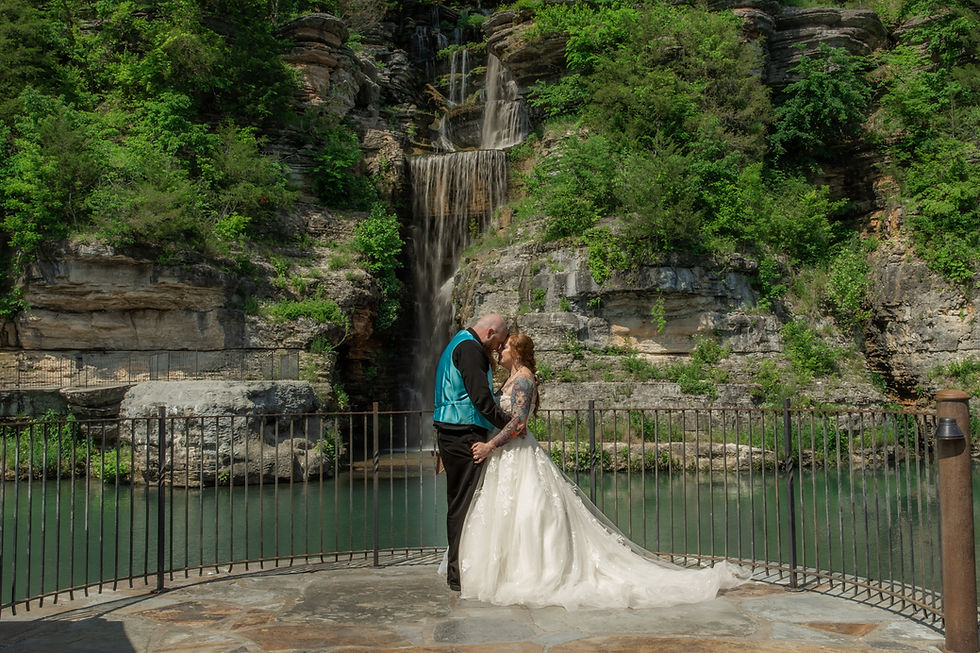The Art of Storytelling Through Photography: Capturing Moments that Speak Volumes
- Kerri Seichter

- Feb 16, 2024
- 2 min read

Photography is more than just capturing images; it's about telling stories. Each photograph has the power to evoke emotions, convey messages, and transport viewers to another time and place. In this blog post, we'll explore the art of storytelling through photography and how to capture moments that speak volumes.
The Power of Visual Storytelling: Visual storytelling is a powerful tool for connecting with viewers on a deeper level. Whether it's a single image or a series of photographs, storytelling in photography allows us to communicate ideas, share experiences, and evoke emotions in a way that words alone cannot. From joy and laughter to sadness and contemplation, the best stories are often told through the lens of a camera.
Techniques for Creating Visual Stories: Creating compelling visual stories requires more than just pointing and shooting. It requires careful consideration of composition, framing, lighting, and perspective. By using these techniques effectively, photographers can draw viewers into the narrative and guide them through the story, capturing their attention and imagination along the way. From wide-angle shots that set the scene to close-up details that reveal intimate moments, each image plays a crucial role in telling the story.
Capturing Authentic Moments and Emotions: At the heart of every great story is authenticity. Genuine moments and emotions are what bring a story to life and resonate with viewers on a personal level. As photographers, our job is to capture these moments as they unfold, whether it's the laughter of children playing, the tears of a bride on her wedding day, or the quiet contemplation of a street vendor at work. By being observant, patient, and empathetic, we can capture the raw beauty of human experience in all its complexity.
Planning and Preparation: While some of the best stories are spontaneous and unplanned, others require careful planning and preparation. Whether it's scouting locations, coordinating with subjects, or anticipating moments before they happen, planning ahead can help ensure that you're in the right place at the right time to capture the perfect shot. However, it's also important to remain flexible and open to unexpected opportunities that may arise during the shoot.
Editing and Presentation: Once the images have been captured, the storytelling process continues in the editing room. Editing allows photographers to refine their vision, enhance the mood, and create a cohesive narrative that ties the images together. From adjusting exposure and color balance to cropping and retouching, each editing decision should serve the overall story and enhance the viewer's experience. Finally, presenting the images in a meaningful way, whether it's through an online gallery, a printed photo book, or a multimedia slideshow, completes the storytelling journey and allows viewers to fully immerse themselves in the story.
The art of storytelling through photography is a journey of discovery, creativity, and expression. By mastering the techniques of visual storytelling, capturing authentic moments and emotions, and presenting our images in a compelling way, we can create stories that resonate with viewers and leave a lasting impression. So go ahead, pick up your camera, and start capturing moments that speak volumes. The world is waiting to hear your story.




Comments